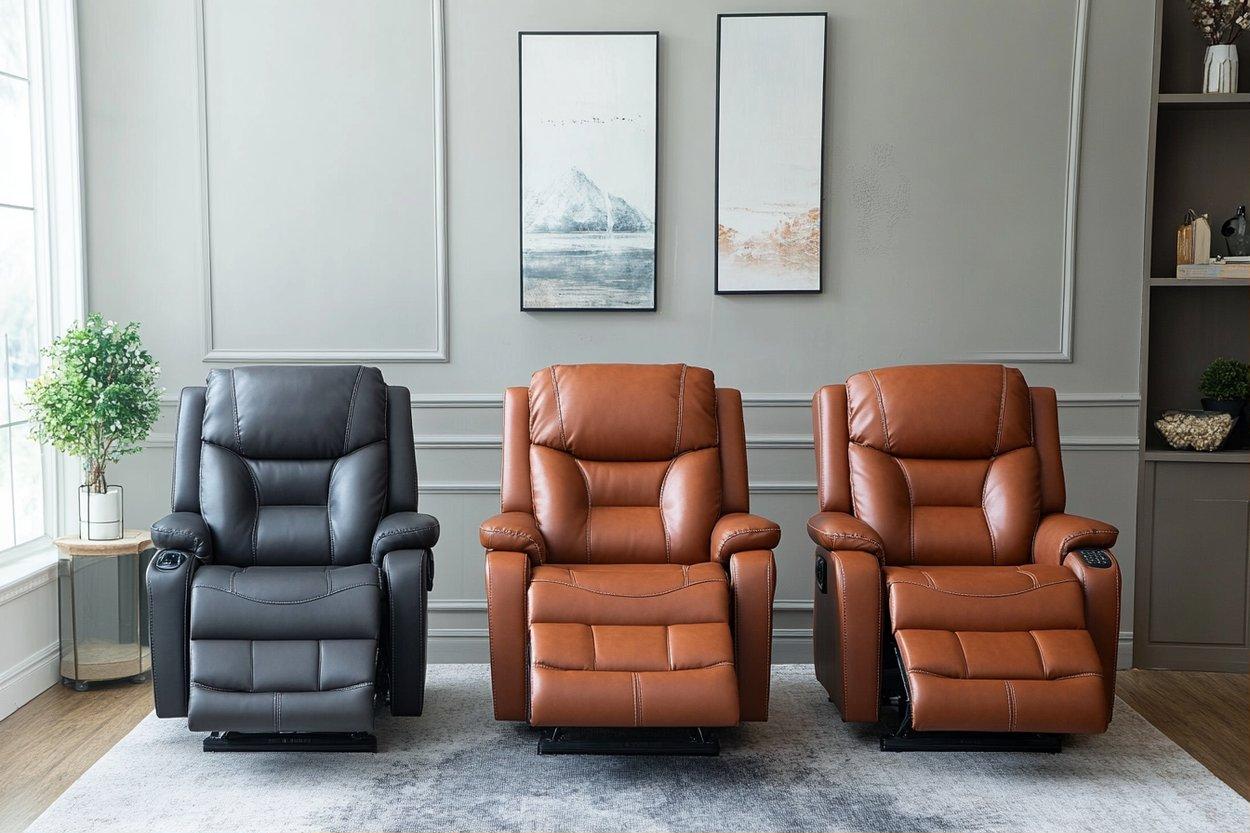Measuring and fitting relaxation-area seating: dimensions to know
Choosing seating for a relaxation area means balancing size, comfort, and practicality. Accurate measurements help you fit an armchair or recliner into a room without crowding circulation paths, while considerations about upholstery, fabric or leather, and sustainable materials influence long-term comfort and maintenance. This overview outlines essential dimensions and fitting tips to guide planning and selection.

Careful measurement and thoughtful selection of seating ensure comfort and functionality in a relaxation area. Begin by assessing the available floor space and typical circulation routes, then relate those constraints to human-centered dimensions: seat height and depth for comfort, armrest height for support, and clearance for recliners. Consider how upholstery choices such as fabric or leather affect perceived scale and maintenance needs, and whether sustainable materials are a priority. Measuring before you buy prevents awkward fits and reduces the need to return or reposition furniture, while attention to ergonomics helps maintain comfort for different users over time.
What dimensions affect seating comfort?
Seat height, depth and width are core dimensions that influence comfort and ergonomics. Seat height typically ranges from 16 to 19 inches for general seating; lower seats can feel lounge-like, while higher seats ease standing. Seat depth (front to back) affects thigh support—shallower depths suit shorter users and formal sitting, deeper seats suit relaxed lounging. Back height and lumbar support affect posture: a higher back supports the shoulder and neck, while built-in lumbar contours aid ergonomics. Measure the person(s) who will use the seating most often when possible, and match those anthropometric considerations to the seating dimensions for optimal comfort.
How to measure for an armchair or recliner
Start with the footprint: measure the floor area where the armchair or recliner will sit, leaving 24–36 inches of clear circulation space in front for walking or reclining. Measure doorways, hallways and stair turns to ensure the item can be delivered and positioned. For recliners, include the full reclined depth—many need 18–24 inches more room behind the chair or have wall-hugger mechanisms that require less clearance. Check armrest width if the chair will sit beside another piece; allow 2–3 inches between adjacent armrests for comfortable separation. Recording width, depth, back height and required clearance prevents surprises when fitting seating into an existing plan.
How upholstery, fabric and leather influence fit and feel
Upholstery choices change both the look and practical behavior of seating. Fabric options can add visual bulk through pattern or texture; tightly woven fabrics and leathers often present a sleeker profile. Leather tends to stretch and crease over time, slightly altering seat depth and silhouette; high-quality foam and construction mitigate this. Consider how padding and spring systems affect final seat height and depth—some upholstery adds substantial loft, which changes perceived dimensions compared to the frame-only measurements. If maintenance is a priority, stain-resistant fabrics or treated leathers may be preferable, while removable covers can simplify cleaning and extend the piece’s usable life.
How sustainable materials change sizing and choice
Sustainable materials—such as FSC-certified wood frames, recycled metal components, or natural-fiber upholstery—can influence both dimension choices and longevity expectations. Some eco-friendly fillings compress differently than conventional foams, potentially altering seat depth and firmness over time. When selecting sustainable materials, confirm manufacturer specifications for dimensions both at delivery and after the materials settle. Sustainable construction often prioritizes durability, which can mean slightly firmer initial comfort but better long-term shape retention. Balancing sustainability with comfort and the required maintenance profile helps align a relaxation-area chair with both environmental and user needs.
Tips for maintenance and long-term care
Regular maintenance preserves shape and dimensions: rotate removable cushions to even out wear, fluff stuffed elements to maintain loft, and follow upholstery care instructions for cleaning. For fabric seating, vacuuming to remove dust and using fabric protectors where appropriate extends life; for leather, conditioning prevents drying and cracking that can change fit and comfort. Check frame joints and reclining mechanisms periodically for loosening or sagging, which can affect ergonomics and safety. Proper care reduces dimensional drift—changes in seat height, depth or firmness—keeping the seating functional and comfortable for years.
In planning relaxation-area seating, measure the room and access paths carefully, match seat dimensions to the primary users’ needs, and factor in the effects of upholstery, materials and maintenance on long-term fit. Paying attention to these dimensions and material characteristics supports both comfort and practical use, helping the seating integrate visually and functionally into the intended space.





